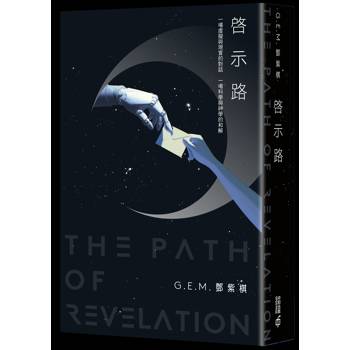| FindBook |
有 4 項符合
British Literature 449-1798:In Classic & Modern English的圖書 |
 |
British Literature 449-1798 作者:Julie A. Schumacher 出版社:Perfection Learning 出版日期:2007-09-01 語言:英文 規格:平裝 / 408頁 / 普通級/ 單色印刷 / 初版 |
| 圖書館借閱 |
| 國家圖書館 | 全國圖書書目資訊網 | 國立公共資訊圖書館 | 電子書服務平台 | MetaCat 跨館整合查詢 |
| 臺北市立圖書館 | 新北市立圖書館 | 基隆市公共圖書館 | 桃園市立圖書館 | 新竹縣公共圖書館 |
| 苗栗縣立圖書館 | 臺中市立圖書館 | 彰化縣公共圖書館 | 南投縣文化局 | 雲林縣公共圖書館 |
| 嘉義縣圖書館 | 臺南市立圖書館 | 高雄市立圖書館 | 屏東縣公共圖書館 | 宜蘭縣公共圖書館 |
| 花蓮縣文化局 | 臺東縣文化處 |
|
|
Using This Parallel Text
Languages change as years and centuries pass. Even the English you speak now is slightly different from what your parents learned to speak. And today’s English will seem quaint and hard to understand sometime in the future.
Small wonder that readers often struggle with the language of Shakespeare, who wrote some 400 years age. Works from still earlier times can be even more difficult to read.
This parallel text edition is designed to help. The original text or a translation of that text is found on the left-hand page. A modern English version is located on the right. Matching numbers help you keep track as you move back and forth between the two versions.
If you are having difficulty with the original text or translation, try reading a passage of the right-hand version first. Then read the same passage on the left-hand side. After a while, you may find that the original text becomes easier to understand.
In any case, remember that the modern paraphrase should never be used as a substitute for the original. The words of the writers you’re about to meet make fascinating reading, partly because they shine a brilliant light on the past.
Viewed as a Whole, British literature from 449 to 1798 tells a sweeping story – the story of a people and a language coming to be.
On the left is the original language. On the right is a line-by-line modern paraphrase. This paraphrase is not intended as a replacement for the original, but as an aid to understanding.
Unit One Beginnings (to 1750)
Unit Two A New Nation (1750-1800)
Unit Three A Growing Nation (1800-1870)
- 作者: Win Coleman
- 出版社: Perfection Learning Corporation 出版日期:2007-09-01 ISBN/ISSN:0789172321
- 語言:英文 裝訂方式:平裝 頁數:408頁
- 類別: 中文書> 世界文學> 英美文學
|











